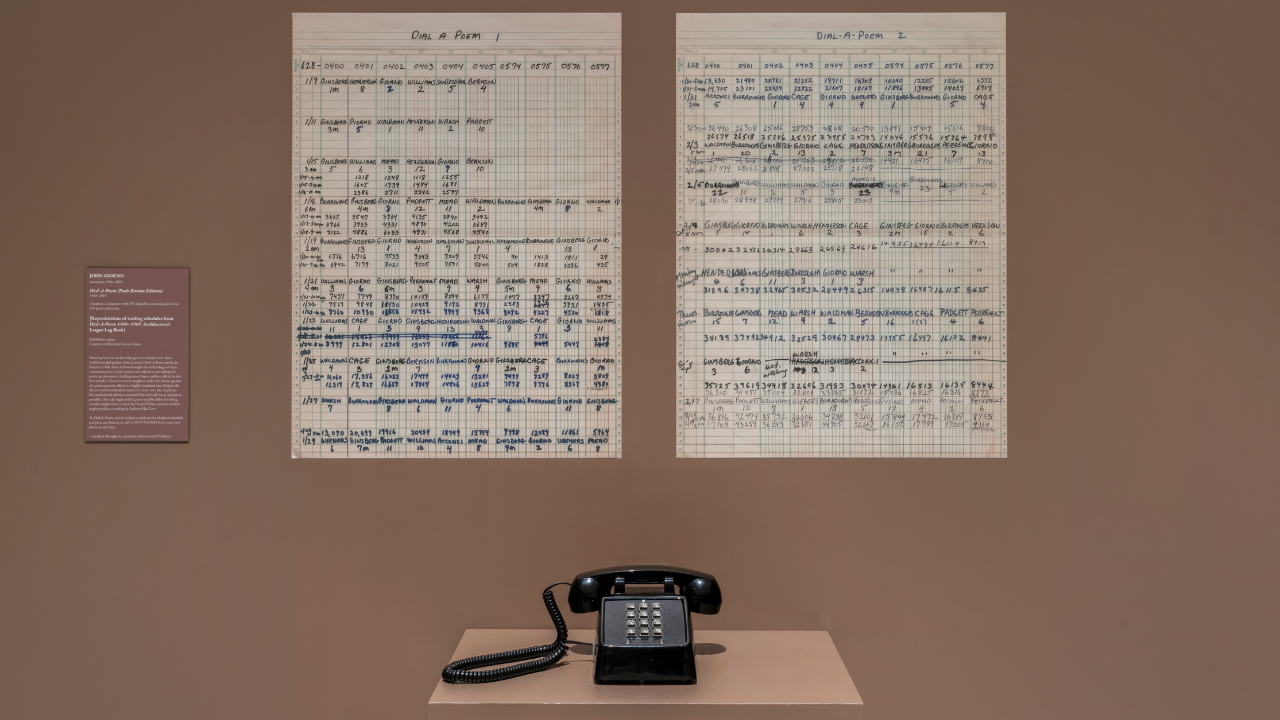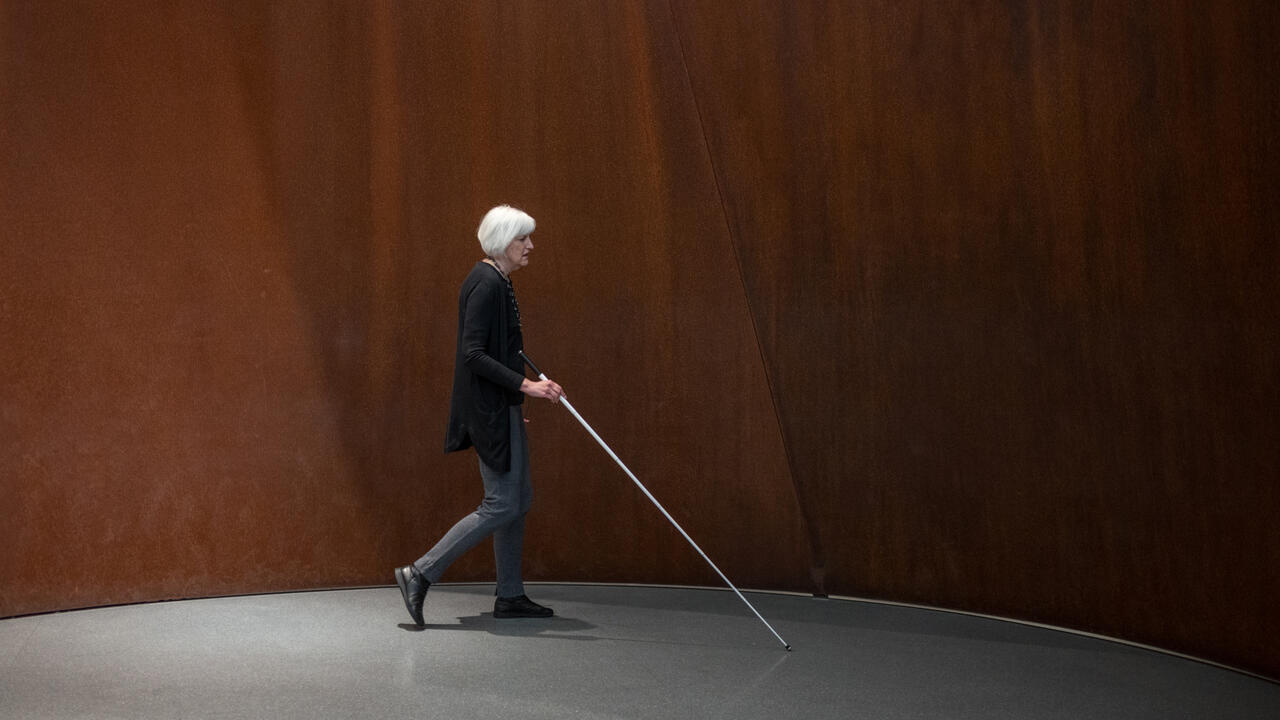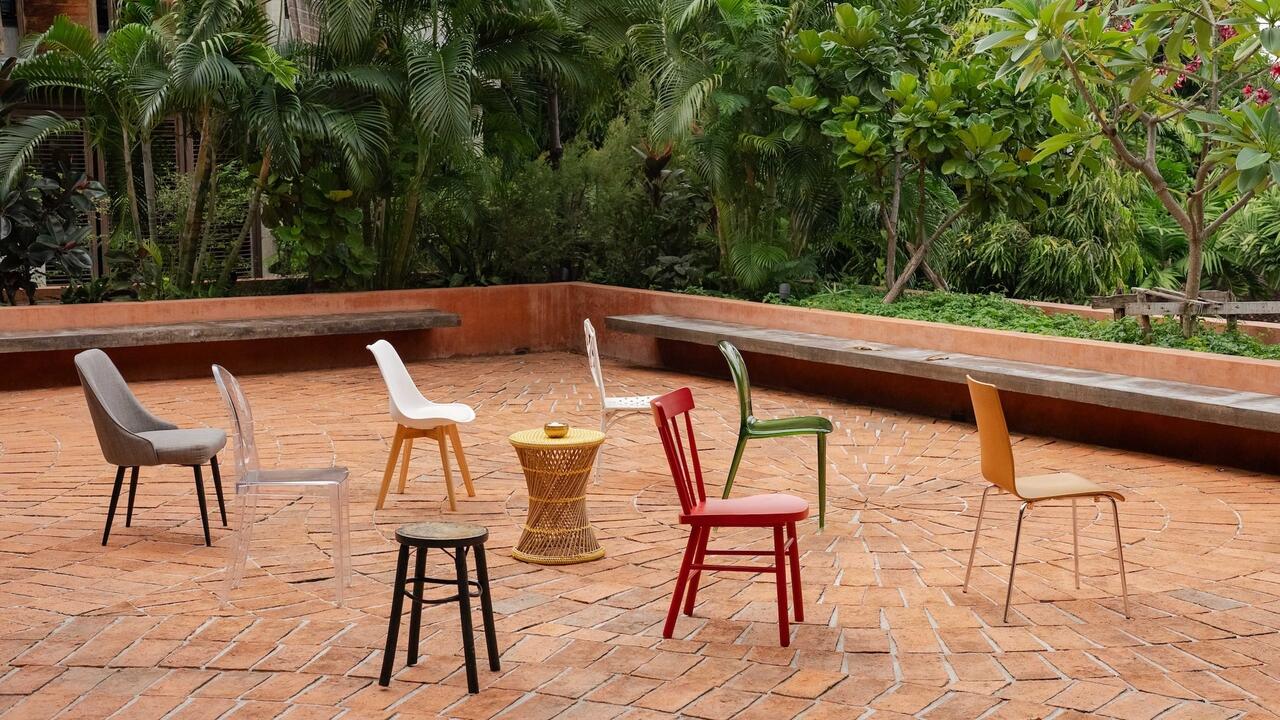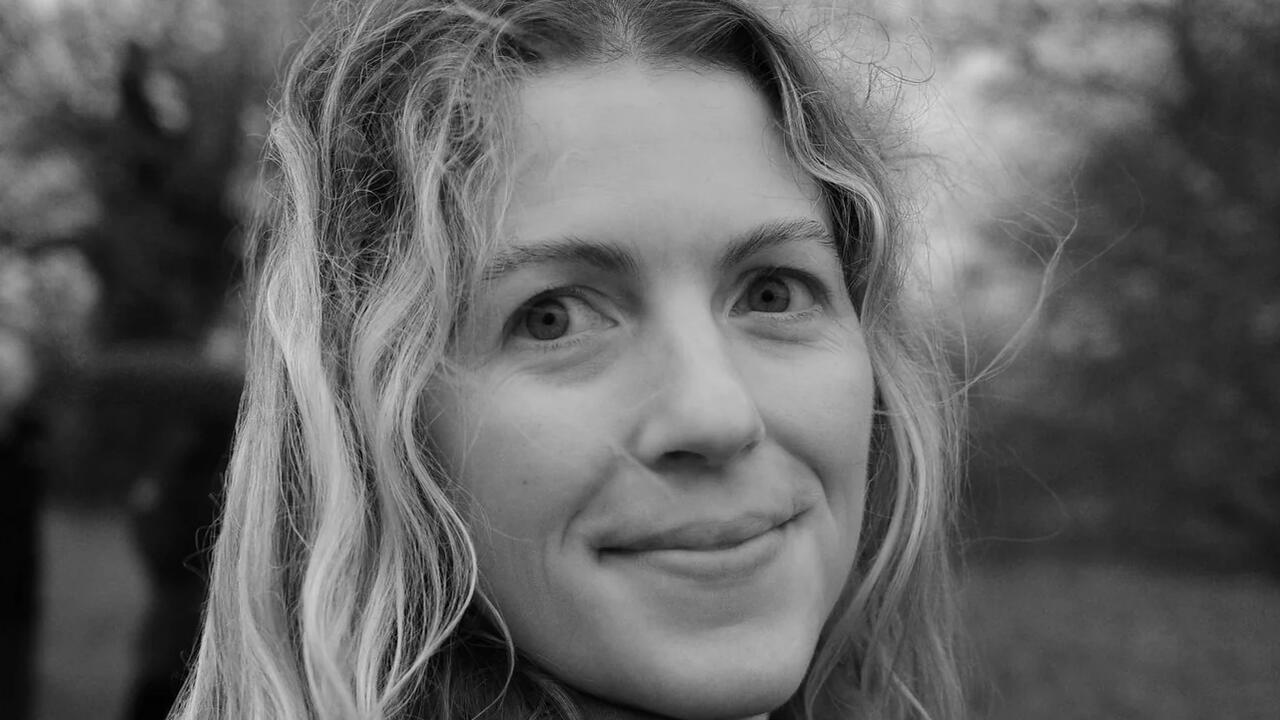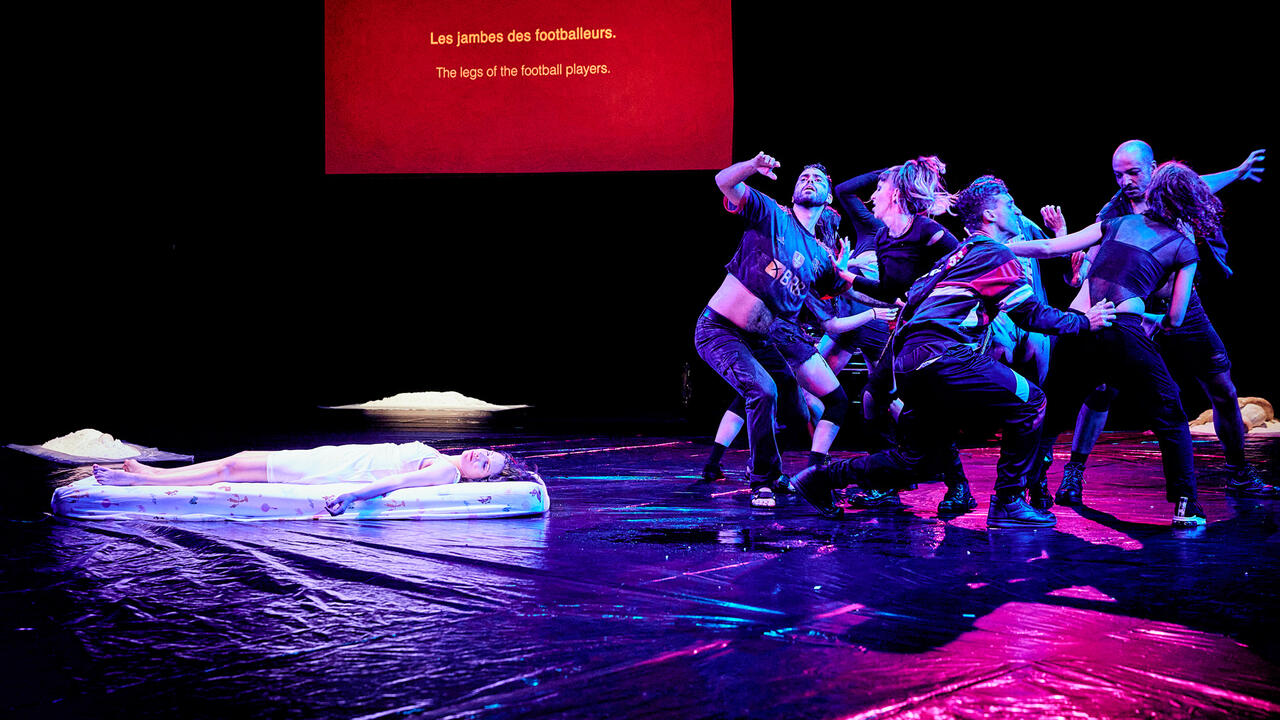The Poet as Critic
The intertwined histories of art criticism and poetry
The intertwined histories of art criticism and poetry

Knowing how to open something is a skill particular to both the poet and the art critic. Our skills are diffuse, specific, few, many, ambiguous, elliptical, uncommercial, uncommon, exceedingly common, however you’d like to put it, so it seems necessary to point to a concrete one, even if it is only a metaphor, in fact. But an aptitude for ‘opening’ or ‘unlocking’ seems to suggest the job often set before the poet and critic, which is to release or articulate something that appears closed, seems locked, is mute, and has no obvious entrance or existing description or critical context, at least not in its incarnation when the writer arrives at it. Sorry for the vagueness, but perhaps that too underlines my (stuttering, shambling) point.
Despite the askance glances I get upon many a career introduction, poet-critics are historically legion — weirdly so. Some are better known than others: (in roughly chronological order) John Ruskin, Charles Baudelaire, Stéphane Mallarmé, Guillaume Apollinaire, Antonin Artaud, Harold Rosenberg, Barbara Guest, Frank O’Hara, John Ashbery, Peter Schjeldahl, Ann Lauterbach, John Yau, Raphael Rubenstein (‘Like so many other art critics, I am also a poet’),1 Kynaston McShine, Wayne Koestenbaum, Barry Schwabsky, Tim Griffin, Jeremy Sigler, Dominic Eichler, Maria Barnas and Frances Richard.2 Each of these late or present personages is perhaps more entrenched in one creative-careerist area than the other, but whether they are primarily known as a poet or as an art critic does not disqualify or mute their attendant literary activity. To that end, we might also consider poets who work in an area of art-critical language and concerns (and art schools) that could qualify them, ever elliptically, to this strange union andcross-pollination: take Anne Carson, Emmanuel Hocquard, Richard Howard, Ariana Reines and Lisa Robertson, for example. This list is, of course, totally incomplete and embarrassingly Western and male. Stay with me, though.

In an essay for The American Poetry Review that limns Ashbery’s prolific art-critical output since the 1950s, as well as his seminal, Pulitzer Prize-winning poem ‘Self-Portrait in a Convex Mirror’ (1975) — which was written after the titular 16th-century painting by Parmigianino — Yau notes: ‘Doesn’t poetry and art share the paradox of embodying frozen time, while outside its domain time […] keeps surging ahead?’3 Conversely, one might also say that contemporary poetry and art share the paradox of simulating the experience of time, unfrozen — enacting its rush and slow, its alternately fitful and exuberant pace, for its reader-spectators. Nevertheless, Yau goes on to declare: ‘The poet-critic exists in two worlds that for the most part don’t even bother to recognize each other.’ Thus, he describes two worlds, two pieces of time, alternately frozen and un-, dutifully ignoring one another. This observation is not entirely untrue. (It recalls my grad school experience at Columbia University’s School of the Arts, where the poetry programme was only a floor or two away from the visual art students, and never the twain shall meet.) Yet both spheres of creative-critical activity deal daily with the world of images — are, in fact, worlds of images. Not so strange then that they might touch. Nor mirror. Nor that the literate makers of those images might want to explore — in words, again — the ideas and infrastructure that create and condition those very same images.
But going back a bit. ‘The ideal art critic is the professional stroller, the kind of man who can loiter his way through an entire day and in so doing be of profit both to himself and to others,’ Anita Brookner wrote superbly (if pre-feminism-ly) in the 1960s, simultaneously evoking the profession and daytime dramas of poets as well. Not surprisingly, then, she continued: ‘This major quality was possessed to a supreme degree by Baudelaire.’4 Other qualities the British novelist and essayist attributes to the French poet-critic are ‘brilliant dilettantism’ and ‘compulsive inertia’, each of which could read on the curriculum vitae of many a more contemporary poet-critic too. But even more pointedly, Baudelaire’s prescient obsession with, and embodiment of, modernity in both his critical and poetic writing makes him a productive locus for the poet-critics to come — his dreamy, venomous, visual, thoughtful, literary children.
‘I don’t feel I have a vocation for anything,’5 Baudelaire apparently said upon finishing his studies, a sure sign and common self-appraisal of the poet-critic. Nevertheless, he began writing. His first published work was the seminal and oft-quoted piece of art criticism, the ever-strolling ‘Salon of 1845’. Just over a decade later came his first collection of poems, Les Fleurs du mal (The Flowers of Evil, 1857). Both evince an interest in the street, in movement, in beauty, in death, in creativity and in the possibility of each polluting the other. His high, dirty, urbane tone passes through both bodies of work, illuminating the fix the poet-critic often finds herself in: should her critical writing adopt the dry, flat, ponderous, academic tone of the historian, or should it be poetic, excessive, highly stylized, emotional? Should it be, finally, History or Letters?
At present it’s a question most interestingly being explored and resolved outside the art criticism world, in the brilliant work of poets like Carson, Hocquard and Robertson,6 all of whom alternately use the discursive, arch, persuasive language of the critic or historian (which Carson, a classicist, actually is) to punctuate and gird their more lyrical flood plains of poetry. But this schism of tone and language has long played out, much less compellingly, in more establishment art-criticism circles as well. Take late-century New York City: despite his curatorial credentials at the Museum of Modern Art, and his literary standing, O’Hara was and remains ignored as a critic in the art-historical canon. Unlike Ashbery (who nevertheless also remains sidelined to a degree), O’Hara’s critical style was too associative, high-flown, frenetic and subjective — too jumpy, too obviously poetic. And the suspicion of unseriousness that met his critical writing during his life (and meets it still) extended itself to other poet-critics as well, along faintly demarcated art-magazine lines.
‘This is how the art historian and theorist Hal Foster describes the opposition between the poet-critics associated with artnews and the art historians associated with Artforum,’ Yau writes in his essay on Ashbery: ‘Yet for the critics who most marked Artforum — first [Michael] Fried and then [Barbara] Rose, then [Annette] Michelson and [Rosalind] Krauss — [Harold] Rosenberg was all “fustian writing”, an aspersion that they also cast at poet-critics like Frank O’Hara and John Ashbery (and later Peter Schjeldahl and Carter Ratcliff) associated with artnews under its editor Tom Hess. This was not art criticism as “serious discipline”.’7 It’s notable that many contemporary poet-critics now edit or write regularly for Artforum — former editor Tim Griffin, current reviews editor Schwabsky, writers Koestenbaum, Richard, Yau and myself — but the basic problem that Yau and Foster articulate has neither disappeared nor been dismissed. Instead, many contemporary poet-critics sidestep the conflict by simply adopting the accepted tone and language for their critical writing and another for their poetic practice.
Such adaption and acclimation to the art-critical party line is not exclusive to poet-critics, however. In an essay in her 2010 collection of criticism Perpetual Inventory,8 Krauss notes a moment early in her career when a man came up to her at a party and was shocked, after reading her writing regularly, to find that she was so young. The stranger’s surprise might have had something to do with her critical authority and position, but it also, as Krauss herself points out in her text, had to do with a conscious choice she had made to write in the style of her elders, of History. She would not sound like the young New York Jewish woman she was; she would sound like art history. That the voice of art history was unremittingly white, male and patrician was something she wryly acknowledged and could not quite resolve. (See, for example, the Clement Greenberg quote that adorns the back of her book: ‘Spare me smart Jewish girls with their typewriters.’ The cover of Krauss’s collection features, of course, that famous profile shot of her resting her chin on her typewriter.) Krauss would finally admit in that same collection, however, that ‘one’s own perspective, like one’s own age, is the only orientation one will ever have’. And one might substitute, in her equation, ‘perspective’ and ‘age’ for ‘voice’.
But we should return to the poets and the critics and those who embody both. Re-reading the early criticism of Ruskin, Baudelaire, Mallarmé and Apollinaire, what’s most striking is the lack of rote descriptive filler (that which often fattens up or defines art criticism today), and the sense that by looking closely at contemporary art production, one might see and make sweeping assertions about contemporary life, its mores and methods and means of going forward. Whether those assertions are true does not feel absolutely pressing — instead, what’s interesting is who makes them and why, and what they mean both for their author and the artists he is discussing. What’s also notable is how these pieces of criticism are clearly manifestos for each writer’s wider practice, and able self-portraits by critical means. In reading these forebears, one feels not the distanciated scholar, the history teller and interpreter, but the specific sensibilities moving through the criticism that is their vessel (to use a word as antique as them). In Baudelaire’s fervent employ of the word ‘beauty’, which I can’t recall ever reading in a piece of contemporary criticism of late (except, perhaps, by Dave Hickey), I hear contemporary echoes of the specific words that fill and stutter our critical art lexicon now: ‘tension’, ‘power’, ‘space’, ‘field’, ‘subversion’, ‘surface’.9 ‘Beauty’ might even be too embarrassing for poet-critics to use at the moment, but the equally oblique ‘power’ is not.

And thus we find ourselves back in the present. Current poet-critics often seem to wrestle with the same concerns in their two bodies of work: the smallness of their form. Both the piece of art writing and the singular poem are usually brief in the extreme, at least compared to historical treatises and novels. Concision, as well as the contemporary condition and conditioning to make things specific not sweeping, descriptive not analytical, personal not omniscient, lucid not highly stylized, often buttons down the writers we most want to read. Contemporary art reviews and poems can suffer the same fate: a short body of material description and backstory and credentialled references, and then a bit of critical opinion and poetic illumination or tantalizing ‘meaning’ offered at the end.
In the poetry world, this formal, spatial trap is perhaps why so many contemporary poets are moving into longer forms, via books and the Internet, which allow a longevity of thought, a development of style, and a larger material field of space (the actual white pages or the infinity pool of the computer) to visually and conceptually play with. In the art world, magazines do loosen up from time to time, allowing stranger, more unidentifiable pieces to float from their pages, while the ‘artist book’ has become the publication du jour for critics (and artists) to place or create writing that might have no specific home elsewhere. Why do these strange and, yes, beautiful opening lines from a Robertson poem come to me? ‘It is always the wrong linguistic moment / So how can I speak of sex? / One’s own places realism in doubt / But now I want only the discretion of realism / I can’t say it anymore clearly than this.’10 I don’t really agree with her, but, of course, that’s not the point at all.
Main image: Charles Baudelaire, Les Fleurs Du Mal (The Flowers of Evil), book view. Courtesy: the artist; photograph: JannHuizenga via Getty Images
1 Raphael Rubenstein, ‘Preface’, Polychrome Profusion: Selected Art Criticism 1990–2002, Hard Press Editions, 2003, Quoted in John Yau’s essay ‘The Art of Poetry’, cited below; p. 11
2 Apologies to all the poet-critics I have forgotten to list
3 John Yau, ‘The Art of Poetry’ in American Poetry Review, Vol. 34, No. 3, May/June, 2005, pp. 45–50. Many thanks to Yau for much meat for my essay
4 Anita Brookner, ‘Art Historians and Art Critics –VII: Charles Baudelaire’ in The Burlington Magazine, Vol. 106, No. 735, Jun., 1964, p. 269
5 Joanna Richardson, Baudelaire, St. Martin’s Press, New York, 1994, p. 70
6 Better your (art/literary/other) life: see Emmanuel Hocquard’s The Invention of Glass, Canarium Books, 2012; Anne Carson’s Glass, Irony and God, New Directions, New York, 1995; and Lisa Robertson’s R’s Boat, University of California Press, 2010
7 Yau, ‘The Art of Poetry’, pp. 45 – 50
8 Rosalind E. Krauss, Perpetual Inventory, MIT Press/October Books, 2010
9 See Alix Rule and David Levine’s ‘International Art English: On the Rise — and the Space — of the Art-World Press Release’ in Triple Canopy, issue 16, tinyurl.com/99wv7m3
10 Lisa Robertson, ‘A Cuff’ in R’s Boat, University of California Press, 2010, p. 37









